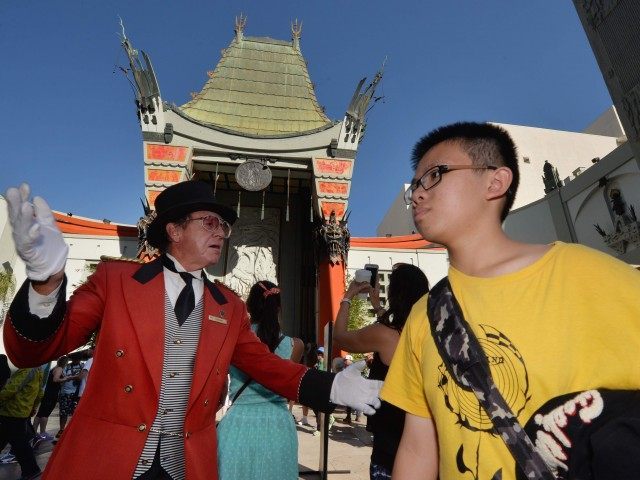Chinese tourism and its robust spending could evaporate quickly, hurting California’s economy in mid-recovery.
The quadrupling of Chinese tourism over the last four years has been super-charging retail sales in California. But high-end designer boutique stores in Orange County, Los Angeles and the Bay Area are already suffering sales declines of about 20 percent as Chinese tourism is starting to slow.
In 2014, nearly 2.2 million visitors from China traveled to the U.S.–up more than 21% from the year before, according to the Office of Travel and Tourism Industries. The Chinese spent almost $24 billion last year, outpacing their 2013 spending by 12.6%.
In a bonanza for retailers, hotels and restaurants, Chinese tourists’ spending during U.S. visits averaged $6,000 per person, the highest in the world. The Chinese have been especially enthusiastic to shop in the U.S. because import duties make luxury goods 20% to 30% cheaper than in China.
Almost half of all Chinese tourists visited California, and Los Angeles was their prime destination. From just 158,000 in 2009, the California Travel and Tourism Commission reported that Los Angeles Chinese tourism jumped to 570,000 last year.
The biggest driver of this growth appears to have been the visa policy approved by Chinese President Xi Jinping and U.S. President Barack Obama in 2009. At the November 2014 Asia-Pacific Economic Cooperation meeting, the two leaders agreed to extend the length of tourist visas to 10 years and student visas to five years. U.S. consulates in China through June recorded a 68 percent increase in visa issuance.
Air China and China Eastern Airlines have been adding direct flights to Los Angeles from cities in China in expectation of the spike in tourism. The Beverly Hills Visitor Center recently commented that more than half of the premier stores in Beverly Hills now employ Mandarin Chinese-speaking salespersons. Most stores in Beverly Hills stores accept China’s Union Pay credit card. Five-star Beverly Hills hotels now feature Chinese-style breakfasts and house slippers year round.
But all these great expectations may have fizzled away in the last month as China suffered an epic stock crash, exports plunged and the nation ordered biggest currency devaluation since the mid-1990s.
China had already been suffering currency flight of $300 billion for the 12 months through June, before the recent set of crisis rocked the nation. That number could hit $1 trillion this year after China in the last six weeks had to spend at least $300 billion stabilizing their stock market after a $3 trillion stock crash. Add about $120 billion for the currency loss on the devaluation; $30 billion in dollar denominated loans; and huge amounts of illegal capital flight.
Sung Won Sohn, an economist at Cal State Channel Islands, told the Los Angeles Times that when it comes to Chinese tourists, he is most concerned about more devaluations of the Chinese yuan currency. Chinese visitors are “the No. 1 spender in Southern California for the tourism industry,” Sohn said. “If depreciation continues it will become more expensive for Chinese tourists to come and spend money in Southern California.”

COMMENTS
Please let us know if you're having issues with commenting.